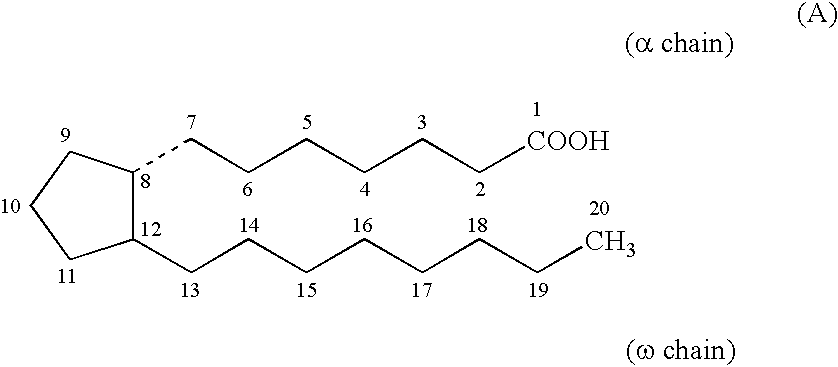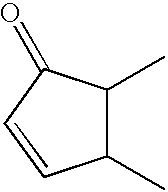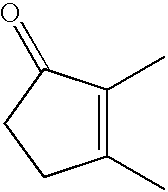Dosage unit comprising a prostaglandin analog for treating constipation
a technology of prostaglandin and constipation, which is applied in the field of dosage unit comprising a prostaglandin analog for treating constipation, can solve the problems of poor enteropooling effect, difficult to establish precise quantitative definition of constipation, and inability to effectively treat constipation, etc., and achieve the effect of relieving and preventing constipation in human patients
- Summary
- Abstract
- Description
- Claims
- Application Information
AI Technical Summary
Benefits of technology
Problems solved by technology
Method used
Image
Examples
example 1
[0068] Phase I Dosage Studies
[0069] The safety and tolerance of oral Compound A (13,14-dihydro-15-keto--16,16-difluoro-PGE.sub.1) was evaluated in 16 volunteers in a single-dose Phase I study (Phase Ia) at rising per-person doses of 6 .mu.g, 12 .mu.g, 24 .mu.g, 48 .mu.g, 72 .mu.g, and 96 .mu.g compared and in 24 volunteers in a multiple-dose Phase I study (Phase Ib) at rising per-person doses of 24 .mu.g, 30 .mu.g, and 36 .mu.g of Compound A administered three times a day (TID) (i.e., total daily per person doses of 72 .mu.g, 90 .mu.g and 108 .mu.g) for 6 days.
[0070] The dose-limiting toxicity in the Phase I studies was nausea. The maximum tolerated single per-person dose of Compound A was 96 .mu.g and the maximum tolerated multiple per-person dose of Compound A was 36 .mu.g taken TID (i.e., a 108 .mu.g total daily dose).
[0071] Single Rising Dose Study
[0072] 96 .mu.g was the maximum tolerated single oral Compound A dose. In the Phase Ia study, serious adverse events (SAE) did not oc...
example 2
[0079] Phase II Dosage Studies
[0080] Eligible patients were treated with either placebo or total daily doses of 24 .mu.g, 48 .mu.g or 72 .mu.g of Compound A for 21 days. One placebo or Compound A capsule was taken 3 times each day (AM, Noon, and PM). Compound A was administered as 24 .mu.g oral capsules. Patients assigned to receive the total daily 24 .mu.g Compound A dose took one Compound A capsule in the AM and one matching placebo capsule both at Noon and in the PM; patients assigned to receive the total daily 48 .mu.g Compound A dose took one Compound A capsule in both the AM and PM and one matching placebo capsule at Noon; patients assigned to receive the total daily 72 .mu.g Compound A dose took one Compound A capsule in the AM, at Noon, and in the PM.
[0081] Based on the overall efficacy results, doses of Compound A as low as 24 .mu.g tended to relieve constipation, however, based on statistical analyses, the minimum effective dose of Compound A was 48 .mu.g per day. Compared...
PUM
| Property | Measurement | Unit |
|---|---|---|
| structure | aaaaa | aaaaa |
| movements | aaaaa | aaaaa |
| spontaneous bowel movements | aaaaa | aaaaa |
Abstract
Description
Claims
Application Information
 Login to View More
Login to View More - R&D
- Intellectual Property
- Life Sciences
- Materials
- Tech Scout
- Unparalleled Data Quality
- Higher Quality Content
- 60% Fewer Hallucinations
Browse by: Latest US Patents, China's latest patents, Technical Efficacy Thesaurus, Application Domain, Technology Topic, Popular Technical Reports.
© 2025 PatSnap. All rights reserved.Legal|Privacy policy|Modern Slavery Act Transparency Statement|Sitemap|About US| Contact US: help@patsnap.com



